| Rye %: | 69% |
| Stages: | Rye sponge, Wheat poolish, Final dough |
| Leaven: | Rye sour culture, Instant yeast |
| Start to Finish: | 13-15 hours |
| Hands-on Time: | 30-35 minutes |
| Yield: | Two 1¼ lb. (575 g.) loaves |
Graubünden is Switzerland’s largest canton, extending eastward between Austria to the north and Italy to the south. It’s also Switzerland’s most mountainous canton, home to several glaciers, as well as the 11,853-foot Tödi and 13,284 foot Piz Bernina. Not surprising, then, that its bread culture is based on rye. Like the circular breads of Scandinavia, Brasciadela’s ring shape made it easy to store the breads on poles hung from the ceiling during the long Alpine winter.
I adapted this bread from a recipe I found in the wonderful blog Bernd’s Bakery, which is written by a Bavarian baker who lives in northern Switzerland and who generously has shared his collection of traditional Swiss breads. The original recipe calls for Type 1150 rye, a medium-light grade that’s unavailable in the US; instead, I used a blend of white and medium rye that produces a virtually identical composition.
Like many Alpine breads, this one is built on two sponges – a low-hydration sour rye sponge that favors acetic acid formation and a high-extraction wheat flour poolish that’s refrigerated overnight to bring out the wheat’s nutty sweetness. The preparation and baking are straightforward and the result is a smooth, tight crumbed loaf that combines the tang of its sour, the spiciness of rye, and the mellowness of a well-matured wheat sponge. This is a tasty and basic all-around rye-wheat mischbrot, as good with butter and fruit preserves as with strong-flavored cured meats and fish.
Rye Sponge:
| Ingredient |
Grams |
Ounces |
Baker’s |
| Medium rye flour |
300 |
10.60 |
100% |
| Warm (105°F/41°C) water |
200 |
7.05 |
67% |
| Rye sour culture |
20 |
0.70 |
7% |
Combine the sponge ingredients by hand into a stiff dough, cover and ferment at room temperature (70°F/21°C) until doubled in volume 10-12 hours or overnight.
Wheat Poolish:
| Ingredient |
Grams |
Ounces |
Baker’s |
| First clear flour |
200 |
7.05 |
100% |
| Cold water |
200 |
7.05 |
100% |
| Instant yeast |
8 |
0.30 |
4% |
Mix the poolish ingredients by hand, cover and refrigerate 10-12 hours or overnight.
Final Dough:
| Ingredient |
Grams |
Ounces |
| Rye sponge |
520 |
18.35 |
| Wheat poolish |
408 |
14.40 |
| Medium rye flour |
110 |
3.88 |
| White rye flour |
210 |
7.41 |
| First clear flour |
82 |
2.89 |
| Warm (105°F/41°C) water |
170 |
6.00 |
| Salt |
20 |
0.71 |
In the mixer, combine the final dough ingredients and use the dough hook at low (KA2) speed to mix into a stiff, slightly sticky dough that leaves the sides of the bowl and gathers around the hook, 6-8 minutes. Cover the dough and bulk ferment at room temperature until doubled in volume, 60-75 minutes.
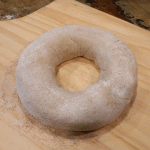 Turn the dough onto a lightly floured work surface and divide it into two pieces weighing about 26 oz./750 g each. Form each piece into an oblong about 18 inches/45 cm long and 2 inches/5 cm in diameter. Shape each into a ring, wetting the ends to seal, and place on a well-floured peel, if using a baking stone, or parchment-lined sheet pan.
Turn the dough onto a lightly floured work surface and divide it into two pieces weighing about 26 oz./750 g each. Form each piece into an oblong about 18 inches/45 cm long and 2 inches/5 cm in diameter. Shape each into a ring, wetting the ends to seal, and place on a well-floured peel, if using a baking stone, or parchment-lined sheet pan.
Cover and proof at room temperature until the breads have visibly expanded and surface shows cracks or broken bubbles.
Preheat the oven to 480°F/250°C with the baking surface in the middle and a steam pan on a lower shelf. Dock the surface of each loaf thoroughly and evenly to a depth of at least ¼”/0.6 cm. with a fork, chopstick or docking wheel.
Bake with steam 15 minutes, then remove the steam pan, reduce the temperature to 410°F/210°C and bake until the loaves thump when tapped with a finger and the internal temperature is at least 198°F/92°C, about 30 minutes. Transfer to a rack and cool thoroughly before slicing.
Baker’s Percentages:
| Ingredient |
g |
% |
| TOTAL FLOUR |
902 |
100.00% |
| Medium rye flour |
410 |
45.45% |
| First clear flour |
282 |
31.26% |
| White rye flour |
210 |
23.28% |
| Water |
570 |
63.19% |
| Salt |
20 |
2.22% |
| Instant yeast |
8 |
0.89% |
| Rye sour culture |
20 |
2.22% |
| TOTAL FORMULA |
1,520 |
168.51% |
| % total flour prefermented |
500 |
55.43% |
| % rye flour prefermented |
300 |
33.26% |
| % wheat flour prefermented |
200 |
22.17% |


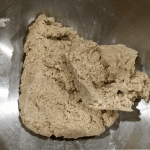
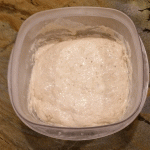
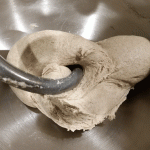
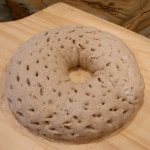
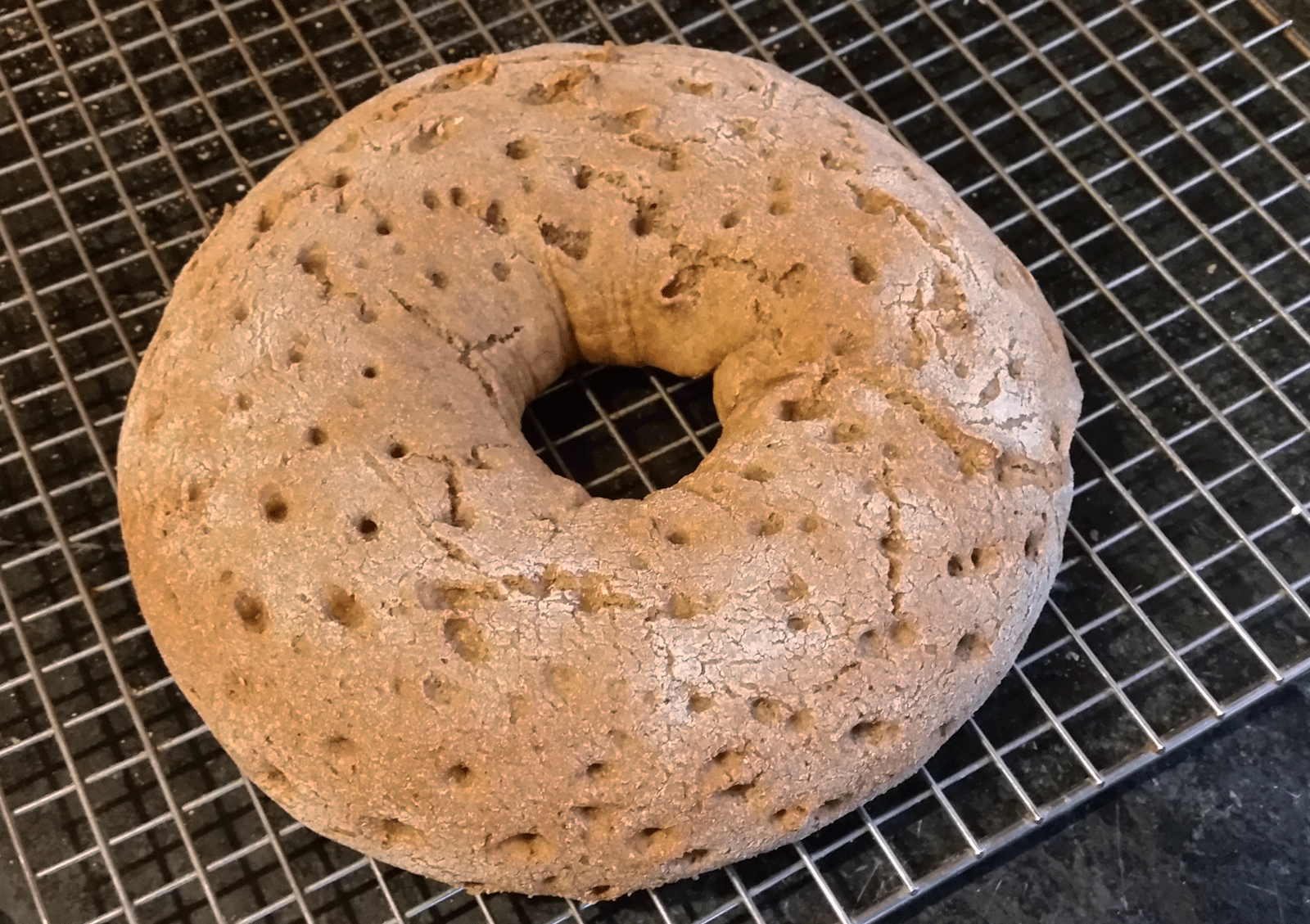
Karin Anderson
April 12, 2016I love that shape! Interesting that it is not just to look fancy, but made it easier to store the bread. Knowing more facts about the history of a bread is more satisfying than just a formula by itself.
Stanley Ginsberg
April 12, 2016Thanks!
Rod
April 14, 2016Not sure about your terms! What is clear flour? White flour?
And your sour rye culture, is that a sour dough process or a quick souring of the rye by leaving it to ferment for a couple of days.?
Stanley Ginsberg
April 14, 2016Thanks for your comments. For an explanation of clear flour, see my earlier post “In Defense of First Clear Flour.” Rye sour culture is a rye based sourdough starter consisting of whole rye flour and hydrated at 100%.
Pingback: Swiss Rye Ring/Brasciadela/Kantonsbrot Graubünden ~ BBB | MyKitchenInHalfCups